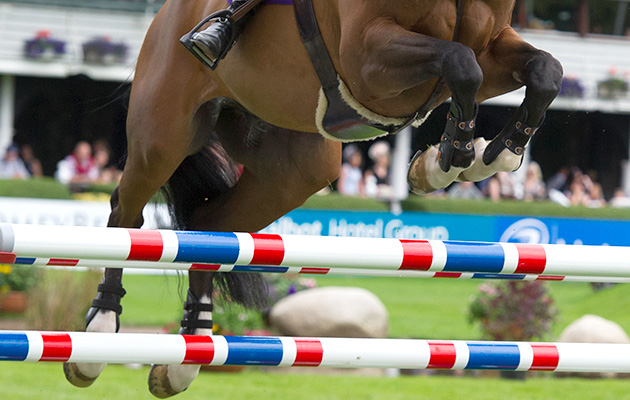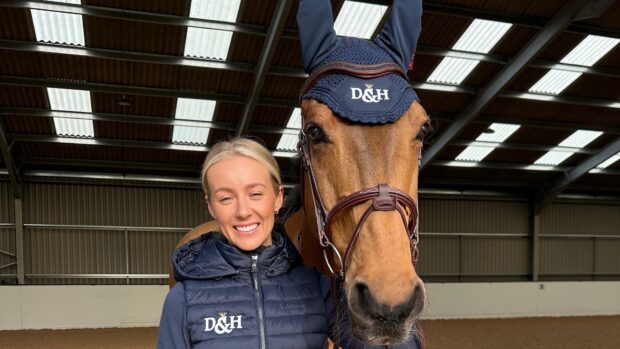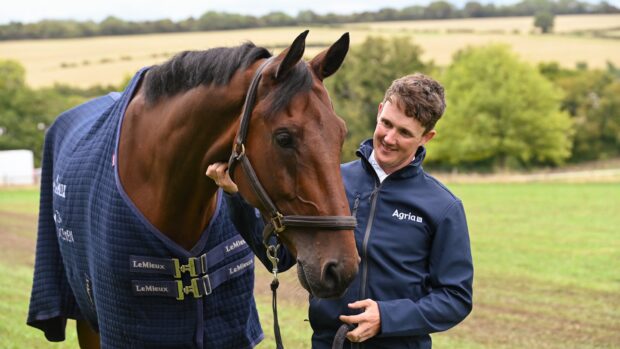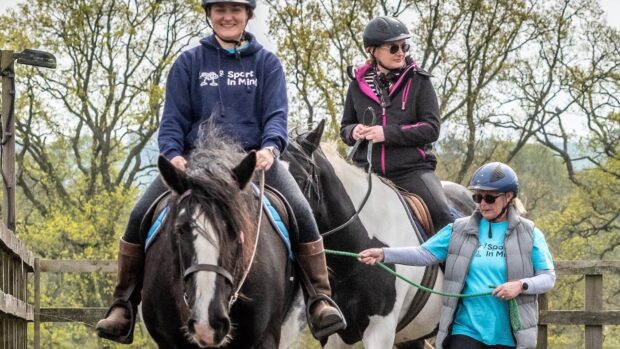As those working with horses will know, riding is not cheap, so having sponsors provide tack, rugs, feed or financial assistance could save you thousands. But knowing how to get a sponsor, and retaining them, is not straightforward.
Sponsorship has long been the cornerstone of equestrian brand marketing strategies, providing riders with essential support while offering companies valuable exposure to their target audience.
However, the landscape is changing. With the emergence of social media influencers and brands mastering their own digital marketing efforts, the traditional model of sponsoring high-performing riders is facing new challenges as there’s more competition for a brand’s marketing spend.
In this changing environment, brands are reassessing their approach to sponsorship – leading some to question whether riders are doing enough to support them.
But that doesn’t mean there aren’t still sponsorship opportunities available. What it does mean is that riders need to be clear about what they bring to the table.
Below we’ve included some top tips to help you attract sponsorship opportunities.
How to get a sponsor: build a social media presence
For many, becoming a successful and financially viable rider no longer solely relies on producing and competing horses – it involves strategically building your own personal brand. Central to this is the effective use of social media.
“It’s your shop window to the world,” says Sarah Skillin, founder of EquiConsulting. “It’s where people go to for everything, so it’s key for everyone to have a presence.”
A rider’s social media presence is the first thing a prospective sponsor will look at. However, the number of followers you have is not the be-all and end-all for brands.
“It could be quite short-sighted of brands to use a rider’s social presence as the main indicator as to whether they are the ones to sponsor,” explains Sarah.
“Influenceing is often done well on a word of mouth or personal level. Riders shouldn’t put too much pressure on themselves to perform on social, over performing the field.”
The most popular social media platforms for equestrians are Instagram, TikTok and Facebook.
“If you only have time to manage one, then only have one,” says Ashley Rossiter, managing director of Mirror Me PR.
“Ideally, two or more give you more discovery opportunities, but you need to keep them up to date.”
Behind-the-scenes content and competition roundups tend to perform well and are also good for product placement.
It’s also important to keep your professional accounts separate from your personal ones, engage with posts and never bring your sport into disrepute.
Don’t get too caught up in competition results
You can effectively promote and support a sponsor without having to be winning week in, and week out.
“I feel the main thing the riders worry about is their results, as they feel pressure to perform well for their sponsors,” says Maeve, founder of Activate Your Seat.
She instead tends to support amateur riders because, for her, it provides more value for her business: “As a small business, [results] aren’t my priority. I just want them to behave kindly towards their horses and other competitors, and to show on social media how and why they use my programme.”
Horse & Hound columnist and equestrian broadcaster Adam Cromarty writes that several successful influencers “have never competed to any real level” and that despite having “a fraction of the opportunities available to those with multiple horses to ride every day and who regularly travel to competition” are “being paid more than most would earn by selling a good horse per week.”
This democratising influence of social media – which has “no expense or barrier to entry” – is invaluable for passionate posters and those who have time to invest in securing sponsorship.
However, as Adam adds: “Nothing worth doing is easy, and content creation does take work.”
First impressions
How you approach potential sponsors can make all the difference between a successful application and a refusal.
“There are many ways to approach a new sponsor, such as writing a letter or emailing the benefits of an association,” says Bridget Jennings of JB Promotions.
“Look for opportunities to approach companies direct, on a tradestand at an event for example, making sure you present yourself in a professional manner.”
But it’s important to be considered about which brands you approach and not to take a scatter-gun approach.
Don’t send a generic email to a whole range of brands. Instead, do your research before you approach anyone.
Build up as much information as you can about the brand and its products so you can get a feel for its ambitions and better tailor your pitch.
After reaching out to potential sponsors, follow up with them regularly to express continued interest and provide updates on your progress.
Be persistent but respectful in your communication, and don’t be discouraged by rejection
Be authentic
“Many companies want their sponsored riders to be genuine advocates of the brand, as you’re likely to be a valuable representation of their target market,” explains Claire Allmett of Creative Equine Marketing Ltd.
“Give them an understanding of how you hope to help them. Highlight your previous achievements, focusing on how you overcame any obstacles, even better if their products assisted you with the journey to success.”
Do you or your horse have a quirk or interesting story that might make you more appealing? For example, if you are Irish and compete with Irish-bred horses then try targeting Irish companies. Play up the connection, because if you can be in some way relevant to the company you are contacting, you will instantly become a more appealing sponsorship prospect.
Return on investment
Remember it’s not just about what a brand can give you, or how much you love their products – consider what you can give them in return.
“It’s worth creating a portfolio of your social media, or even better a tailored example of a content plan, displaying the possible posts you could use, the shows you plan on attending, the number of clients you teach, anything likely to make your application stand out and be noticed,” adds Claire.
Be specific in what you can offer, using past examples where possible, and don’t limit yourself to social media posts – offering lessons as competition prizes, course walks or talks at events have all proved popular in the past.
Be transparent and honest about what you can realistically offer to sponsors and what you expect in return.
You might also be interested in:

How to keep (and lose) a sponsor

How can equestrian influencers and riders make money on social media? H&H investigates…

Subscribe to Horse & Hound magazine today – and enjoy unlimited website access all year round
Horse & Hound magazine, out every Thursday, is packed with all the latest news and reports, as well as interviews, specials, nostalgia, vet and training advice. Find how you can enjoy the magazine delivered to your door every week, plus options to upgrade your subscription to access our online service that brings you breaking news and reports as well as other benefits.






